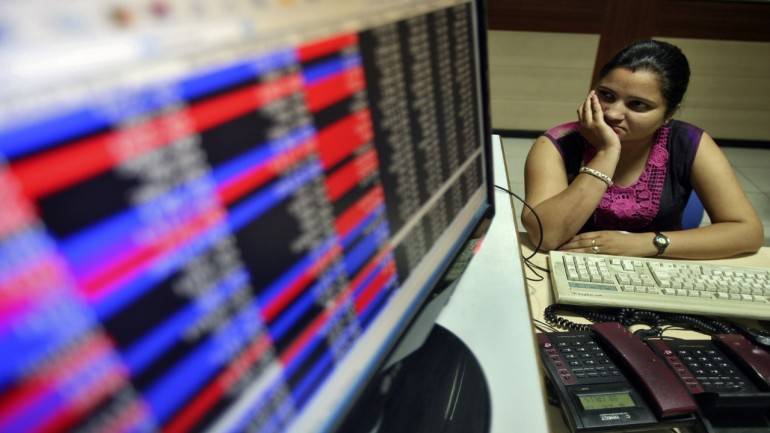Long-term investors tend to look at the 200-day moving average while active traders are more likely to pay attention to the 50-day moving average.
The 50-day moving average (DMA) and 200-DMA can help traders filter stocks that are showing signs of strength amid market volatility. The general rule is if a stock is trading above its 50-DMA and 200-DMA, the trend is largely upward, although there could be an intermediate downtrend as well.
At the moment, about 800 stocks are trading above their 50-DMA while a little over 300 stocks are trading above their respective 200-DMA, data from Chartviewindia.in shows.
In all, as many as 245 stocks are trading above their respective 50-DMA as well as 200-DMA, which is a sign of strength.
These stocks include 3M India, Bajaj Finserv, Britannia Industries, HDFC Bank, HDFC, TCS, L&T, HCL Technologies, Lupin, Tech Mahindra, Infosys, and Havells India, among others.
Indices that are showing signs of strength include the Nifty, Nifty100, Nifty Bank, Nifty Energy, Nifty FMCG, Nifty IT, Nifty Private Bank, among others.
Here is a sample list of 40 of the 245 stocks that are displaying signs of strength:

Note: The above list is for reference only and not a buy or sell recommendation.
Referring to the above chart, yes, more than 200 stocks are trading above their 50 as well as 200-DMA but not all stocks are a right buy, suggest experts.
Investors should use other parameters such as RSI, Stotachtics as well as other trend indicators to confirm the trend. If you are planning to go long in the stock, the above list could help you in filtering your stocks.
“At best 50 and 200-day moving average can be used to gauge the broader trend of the scrip/index but as a trading tool they may be having less utility as trading decisions can’t be exclusively made based on these parameters unless they have respected these levels on multiple occasions in the past,” Mazhar Mohammad, Chief Strategist – Technical Research and Trading Advisory, Chartviewindia.in told Moneycontrol.
“Nevertheless, they can be useful in understanding the sentiment whether it is weak or strong over a period of time,” he said.
Before we move forward, let us understand, what are moving averages? Moving average is the average closing price of a stock over a specified period.
For instance, the 50-day moving average (MA) is the average closing price for the past 50 days. The most widely followed MAs are 50-day and 200-days.
Long-term investors tend to look at the 200-day moving average while active traders are more likely to pay attention to the 50-day moving average.
Going by the thumb rule, it is best to avoid stocks that are trading below their 50 and 200-day moving average in case you are planning to go long in the stock.
In technical trading, moving averages such as the 50-DMA, 200-DMA act as both support and resistance levels for the stock. If a stock is currently trading above its 50-DMA/200-DMA, then these moving averages may act as support to the stock’s price.
On the contrary, if the stock is trading below its 50-DMA/200-DMA, then they might act as resistance to the stock price.
“Apart from 50 and 200-DMA, prior highs and overhead supply can also act as resistance,” Vipin Khare, Director- Research, William O'Neil India told Moneycontrol.
“Overhead supply occurs when a stock price is below their highs. Investors who bought the stock at prior highs are at losses in the stock. As soon as the stock gains momentum, these loss-making investors sell-off their shares to break-even from their buy price,” he said.














